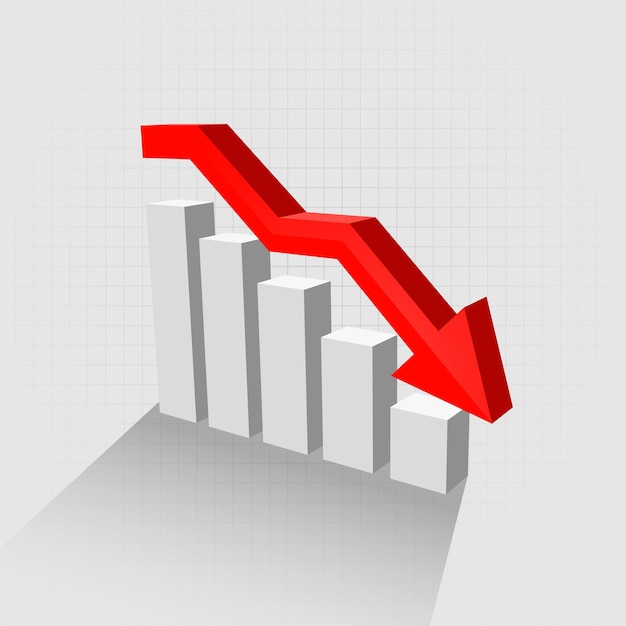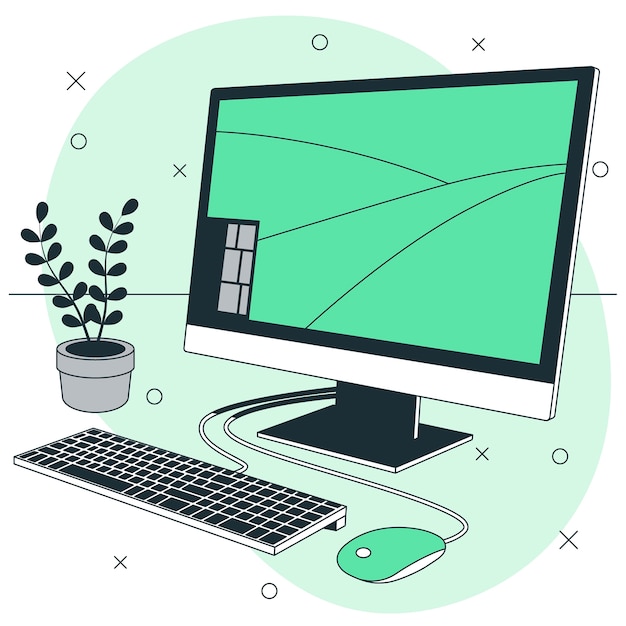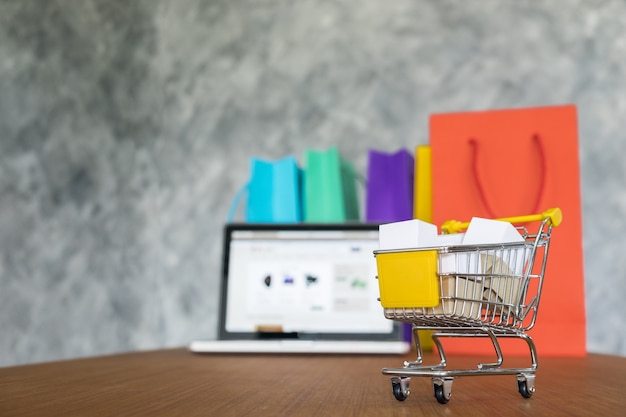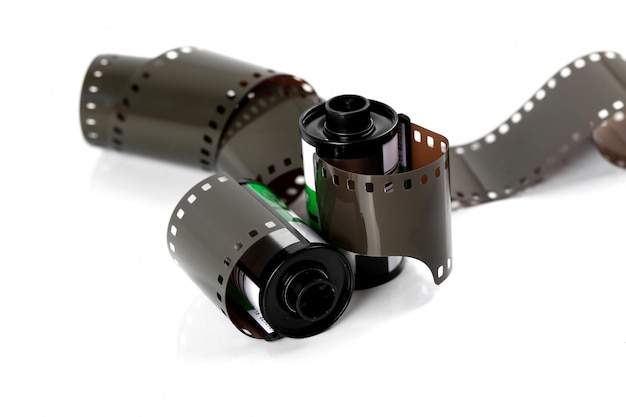Technology and innovation are the enemies of old concepts. So, businesses cannot accurately predict how long any product will stay in demand. However, a strong understanding of the product life cycle is critical for organizations to manage their resources and investments.
German economist Theodore Levitt developed the product life cycle theory in 1965. Even after 49 years, this theory is used by managers and marketing professionals.
Definition of product life cycle
A product’s lifecycle is the time a product stays in the market. The timeline starts from the product’s introduction in the market to a demand generation and, finally, a demand decline and discontinuation.
The life cycle is divided into four phases: development and introduction, growth, maturity, and decline. The first stage is divided into two parts – the development and the introduction of the product. This is the stage when the need for the product is identified and turned into a product concept. It is at this stage that the product is manufactured or the service is developed and tested for profitability before its introduction in the market.
What is the product life cycle in marketing?
The product life cycle theory is very important to marketers. Marketing professionals use this theory to make important decisions, including product price, promotional strategies, and brand and design revamps.
This guide will give a comprehensive overview of the product life cycle, including the strategies for each stage and real-world examples for a better explanation of the concept.
There are four stages in the life cycle of a product
As mentioned earlier, there are four different stages of the product life cycle, according to the theory. The first is the introduction stage, followed by the growth stage, and finally reaching maturity and decline. In this section, we will cover the 4 stages of the product life cycle in detail:
1. Development and introduction stage
The first phase of the product life cycle is the development and introduction. This is when the product concept created to address the audience’s pain points is first developed and then introduced as a real product or service.
During this stage, a concept or an idea is transformed into a marketable product and launched onto the market. It then needs promotions and a push-pull strategy to create demand in the market.
Testing
At this stage, the product goes through a lot of testing. If this phase of the process goes smoothly, chances are that the product’s life cycle will last a long time. For instance, if a brand thinking about launching a new flavor of crisps in the market introduces the product without any testing, there is a high chance that the audience will not like the product. If that happens, the product’s lifecycle will be short because its production will be discontinued due to low demand.
2. Growth stage
After the product has been introduced on the market, promotions and positive word-of-mouth will cause its demand to increase. This is when the product’s demand will grow, and growth marketing is necessary to create and maintain the audience’s interest in the product.

However, when the product enters the growth stage, it will give rise to other competitors who launch similar products. These competitors aim to get a share of the market. However, to make this stage last as long as possible, it is important to keep the product on top of the consumer’s mind and make it more appealing by adding innovative features or make it appealing by lowering the price.
3. Maturity stage
When the industry is replete with competitors, it is marked as the maturity stage of the product life cycle. At this stage, the product is either a cash cow for your firm or a dog (according to the BCG matrix). Your product is a cash cow if the market is mature and you have a large market share. But if the market is already mature and you don’t have a sufficient share, it might be time to divest from the product.
At this stage, the sales will start to taper off but not necessarily decline. At this stage, product bundling and discounts will help you retain your market share and cash your product before its demand starts to decline.
4. Decline stage
At this stage, anything that you do to keep the product alive won’t work. You will eventually have to discontinue the product because there will be no or minimal profits in keeping the product in the market.

At this stage, even the competitors begin to exit the market. Consumer behavior changes, and no matter what you do or how much you invest in marketing, they won’t be interested in the product. New technology might be the core reason for your product’s decline. If this technology is catering to the audience’s needs in a better way or addressing a pain point that audiences face with your product, there are no chances of survival.
Real-life product life cycle strategies
In the above section, we covered a general overview of the life cycle. However, nothing can surely predict how long each stage in the product’s life cycle will last. Many products last for decades before new technology replaces them. Many others have a short life cycle. This section will cover different real-world examples of product life cycles:
Short product life cycles
For instance, in computer technology, new models and upgraded technology replace the products using old technology. So, businesses operating in an industry that is continuously changing have to be well-equipped with knowledge about the latest technologies so they know when to halt production and head to the next product. So, each product life cycle phase lasts for a few months before the lifecycle ends.

Apple also knows that operating in a technology industry means a short product lifecycle. It has continued to cash on its iPhone brand name by introducing a new product every year. Expansive marketing budgets are allocated to the introduction of the new iPhones each year, and the old ones are discontinued. Through this strategy, Apple has managed to maintain its market share in the smartphone industry.
Unpredictable product lifecycles
However, in other industries, the product life cycle might be unpredictable. For instance, during the pandemic, several people chose online therapies which gave a boost to businesses like Better Help. However, with the pandemic ending, Better Help has still managed to engage a number of its customers to continue taking online therapies by marketing the focal benefit of convenience. However, no one knows how long the maturity stage will last and when these kinds of services will go out of demand.
Long product lifecycles
Amazon was founded in 1994 as an online bookstore. Since then, the eCommerce industry has thrived, but Amazon remains the eCommerce giant with the lion’s share in most countries. This is an example of a long product life cycle.
Because of the convenience that it offers to the target audience, online shopping is expected to continue to remain in the growth phase for the years to come. Amazon and other giants in the eCommerce industry continue to improve their services, which has also contributed to the longevity of the growth phase.

Another example of a long product lifecycle is the Big Mac by McDonald’s. Big Mac is almost a separate brand name, and the product has been in the maturity stage for a long time. However, the demand for the Big Mac has been kept constant by effective product lifecycle management by McDonald’s. This is a product life cycle sample that the business has effectively managed.
McDonald’s often puts up this cash cow product on sale to lure customers. Coupled with in-store and online advertising, McDonald’s has managed to keep this product in its portfolio for more than 57 years!

Why is product life cycle management important for marketers?
The previous section covered the product life cycle examples of products in the real world. But how do marketers use the product life cycle to make strategic marketing decisions that keep the business profitable?
Marketers and managers together can decide which product is profitable to keep in the portfolio. However, if the marketers and managers are unaware of the product’s lifecycle, the consequences can be disastrous.
Example
The perfect example of a disastrous end because of neglecting the product’s lifecycle is film cameras and Kodak. When film cameras were first introduced by Kodak, they were everywhere, and Kodak had the lion’s share of the market. They were quite expensive in the beginning, and Kodak enjoyed the position of a blue-chip company on the stock market.

But when digital cameras were invented and Kodak failed to innovate, thinking that the film camera was still in its growth phase of the product lifecycle, it faced a dreadful decline.
Kodak
Kodak went from a blue-chip company to bankruptcy because of its inability to predict the decline of the film camera.

This example clearly shows why it is important to stay aware of the stages of a product life cycle in marketing. However, for better understanding, here are some of the ways understanding the period of the product life helps managers and marketers make decisions:
- Make investment decisions based on where the product is in the lifecycle stage.
- Market the product according to the stage.
- Determine the product’s prices and profit margins based on the stage. At the growth stage, when the product becomes more popular, the business can reap the maximum profit margins.
- Estimate the profit and revenue generated by the product throughout the stages.
- In the maturity stage, the business will have to reduce its margins to elongate the stage.
- Predict the future of the product and make investment and divestment decisions.
- Improve the product’s appeal and performance reputation based on the lifecycle stage.
- Cash on the business’s brand image and customer loyalty to give a boost to other new products.
How to navigate through the different stages
We’ve learned why marketers deem the product life cycle important, since it’s a key tenet of product experience management. But what are the four stages of a product life cycle according to marketing strategy? In this section, we will cover the strategies to implement in each phase after we know about the product life cycle stage:
Product development stage
In the product development stage, it is very important to gather data about the market, including the needs of the customer and their pain points, before creating a product concept. At this stage, it is also important to test the product concept and understand what price the customer is willing to pay for the product, which other features could benefit the product, and what will be the brand image of the product.
At this stage, if you have the first mover’s advantage, you can benefit from the next stages of the product’s life cycle. Therefore, from concept generation to the product’s introduction in the market, you need to be quick and accurate.
Product data management is important at this stage because creating a product concept and converting it into a real product requires a lot of changes. At this stage, wrong product information supplied to the manufacturer might make you late to the market, impacting your market share.
Pimberly’s advanced PIM system is something that all companies in the product development phase should invest in for better product data management and reducing the time to market.
Introduction and growth stages
During the introduction and growth stages, it is important to stay on top of the industry by quickly listing the product on multiple marketplaces.
The greater the product’s visibility, the more you can profit from it in the growth stage.

Pimberly’s patented AI-powered PIM system allows businesses to stay market-ready. With product specifications altered according to each platform’s requirements and less time needed to generate enriched product descriptions, the product can gain more selling days and, therefore, a better share in the growth phase.
Maturity stage
During the maturity stage, the correct product information can help generate product bundles that help clear out the stock. For eCommerce companies, managing a huge inventory of different products becomes difficult. But with Pimberly’s PIM system, every product’s sale can be tracked, so the business does not stock the products at the end of their lifecycle and clears out the inventory by using marketing strategies like bundles and discounts.
Bottom Line
The product life cycle theory was founded more than 40 years ago. However, this theory is still relevant in today’s world, although the length of each product’s life cycle stage varies based on the technology and the marketing strategies the business uses.
This guide explores all about the product life cycle theory, including a deep dive into the four stages, some examples of product life cycle stages, and strategies companies can use to navigate through each stage with Pimberly AI.
Pimberly’s AI-powered PIM system is one important tool to help businesses navigate through the different phases by improving product data efficiency. You can get a free demo of Pimberly’s services by reaching out to our team today!












